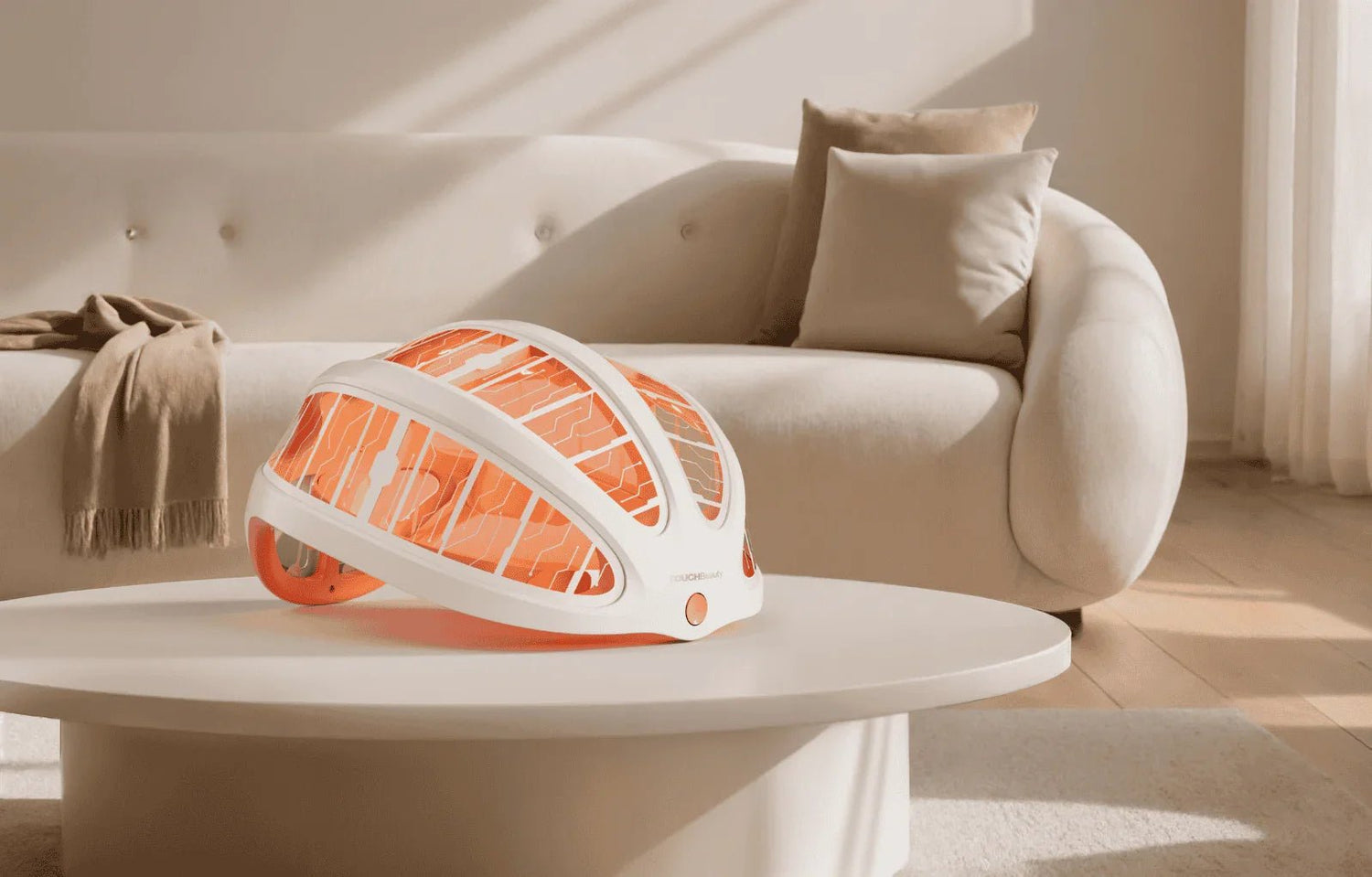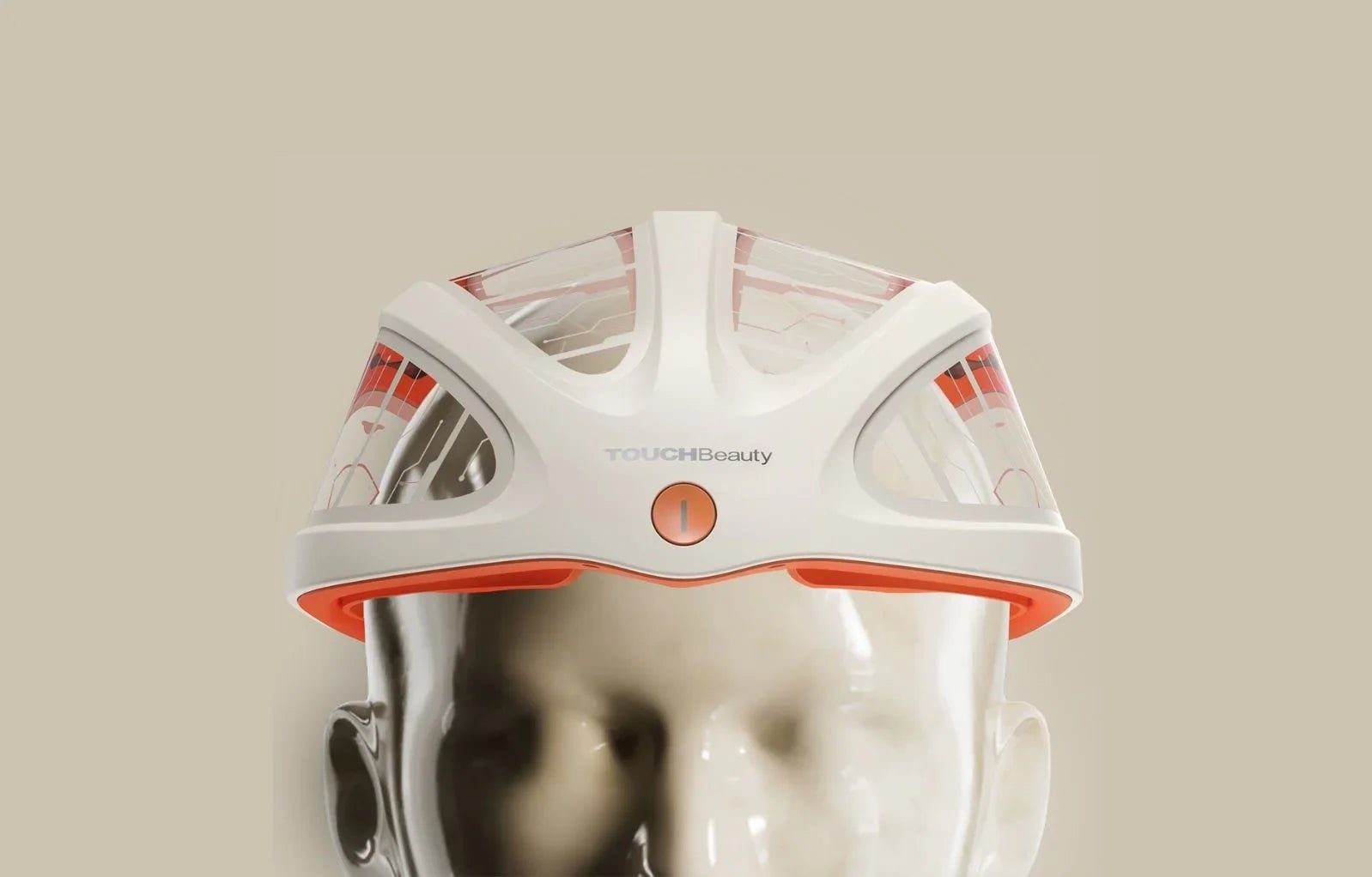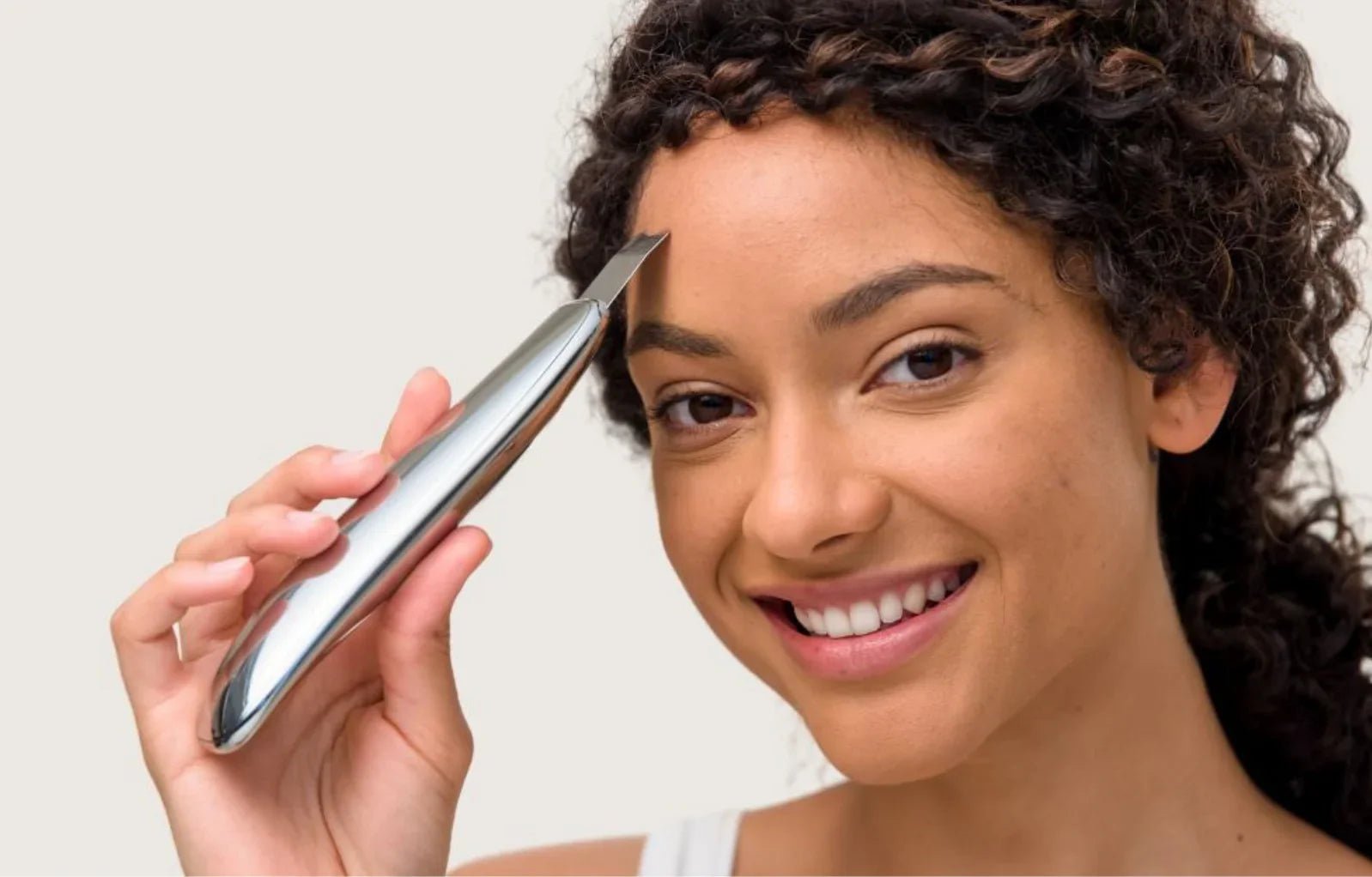Hair is more than just part of our appearance—it's closely tied to our identity, confidence, and even self-esteem. For many women, experiencing hair loss can be distressing and overwhelming. In this article, we’ll explore the root causes of female hair loss and offer practical, science-backed solutions to help you take back control of your hair health.
Understanding the Hair Growth Cycle
Hair goes through four key phases:
- Anagen (Growth Phase): Lasts 2–7 years, during which the hair actively grows.
- Catagen (Transition Phase): Lasts around 10 days; hair growth slows and follicles shrink.
- Telogen (Resting Phase): Lasts about 3 months; hair stops growing but stays attached.
- Exogen (Shedding Phase): Hair falls out to make way for new growth.
When this cycle is disrupted, it can lead to noticeable thinning and hair loss.
Common Causes of Female Hair Loss
1. Genetic Factors
One of the most common causes of hair loss in women is female pattern hair loss (FPHL), also known as androgenetic alopecia. This hereditary condition typically causes thinning at the crown or part line.
2. Hormonal Changes
Events like pregnancy, childbirth, menopause, and thyroid disorders can throw hormones out of balance, disrupting hair growth. Conditions such as PCOS also lead to elevated androgens, contributing to hair loss.
3. Nutritional Deficiencies
Lack of iron, vitamin D, protein, or biotin can weaken hair structure. Maintaining a nutrient-rich diet is crucial for healthy hair. Studies like this one highlight how deficiencies can directly affect hair density.
4. Stress and Trauma
Physical or emotional stress may trigger Telogen Effluvium, a temporary condition where more hairs than usual enter the resting phase and fall out within a few months. Fortunately, it's usually reversible.
5. Medical Conditions and Medications
Autoimmune diseases like alopecia areata, scalp infections, and medications (such as chemotherapy or antidepressants) can also cause hair loss.
6. Hairstyling Habits
Excessive heat styling, bleaching, and tight hairstyles can damage follicles and result in traction alopecia. Giving your hair rest and reducing mechanical damage is essential.
How to Recognize the Early Signs
Hair loss isn’t always immediate. Some early signs include:
- Widening part line
- Thinning at the crown
- More hair on your pillow or in the shower
- Smaller ponytail volume
- Visible scalp through hair
What Are the Best Treatment Options?
1. Topical & Oral Treatments
Minoxidil is one of the only FDA-approved topical solutions for female pattern hair loss. In some cases, doctors may prescribe hormonal treatments such as spironolactone to help balance androgens.
2. Nutritional Support
Supplements with biotin, iron, zinc, and vitamin D can support hair health, especially if blood tests show deficiencies.
3. Low-Level Light Therapy (LLLT)
LLLT has emerged as a promising non-invasive treatment. It uses red or infrared light to stimulate blood circulation in the scalp, supporting follicle function. A great example of this technology in action is TOUCHBeauty VITA Scalp Rejuvenating Helmet, which utilizes graphene heating to deliver far-infrared therapy that enhances scalp vitality over time.
4. Scalp Massage & Circulation Boost
Improved microcirculation to the scalp means more oxygen and nutrients reach the hair roots. Devices like the VITA Scalp Helmet combine heat and vibration massage to create a nurturing environment for hair growth.
5. Stress Reduction & Lifestyle
Daily mindfulness, improved sleep, and managing cortisol levels can reduce hair loss triggered by stress. Lifestyle improvements amplify the effectiveness of other treatments.
How VITA Scalp Rejuvenating Helmet Supports Hair Wellness
While no single device or treatment works for everyone, the VITA Scalp Rejuvenating Helmet offers an advanced at-home solution. It delivers:
- Graphene-based Far-Infrared Therapy – Penetrates deep to promote blood flow
- Thermal Comfort – Adjustable heat for different hair types
By improving circulation and creating a healthier scalp environment, this device supports hair follicles and enhances the absorption of nutrients—crucial for sustained hair vitality.
You're Not Alone
Female hair loss can be caused by various factors—from genetics to stress—but it’s not something you have to simply accept. With a better understanding and the right combination of science-backed strategies, you can work toward healthier, fuller hair.
Start by reviewing your lifestyle, diet, and habits. And if you’re ready to add a powerful boost to your hair wellness journey, explore the benefits of the TOUCHBeauty VITA Scalp Rejuvenating Helmet.
Note: Always consult with a medical professional before starting any new hair loss treatment, especially if you're experiencing sudden or extreme hair thinning.





Leave a comment
All comments are moderated before being published.
This site is protected by hCaptcha and the hCaptcha Privacy Policy and Terms of Service apply.